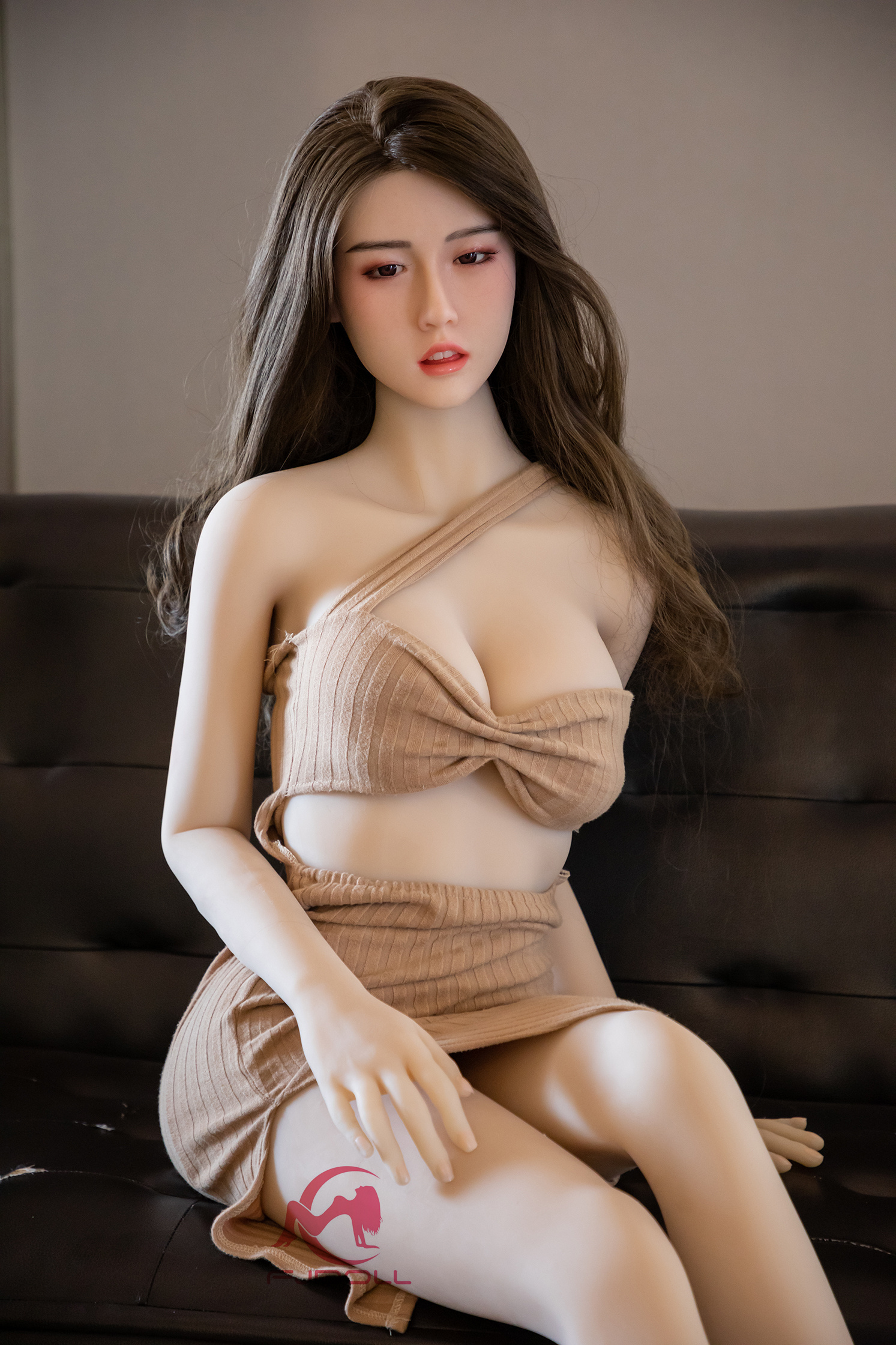It was 1956, the co-founder of Mattel and her teenage daughter stood outside a shop in Switzerland, transfixed by the window display: An 11.5 inch doll with a platinum ponytail, heavily lined eyes, and puckered lips, sitting on a rope swing.
The doll, a German-made model marketed as Bild Lilli, was popular in that part of Europe at the time — generally considered a sex toy, or a gag gift for men. Full Body Love Dolls

It’s not clear that Ruth Handler — a business executive on vacation from her home in California — knew what Lilli was. It’s not even clear among historians where the shop was: the popular Franz Carl Weber toy shop in Lucerne, a tobacco store or a bar.
Regardless, Lilli did what she was designed for. She intrigued Handler, who took the doll back home and three years later introduced her Americanized doppelgänger: Barbie.
Barbie, of course, is now one of the world’s most famous children’s toys. She is also played by Margot Robbie in a highly anticipated live-action movie. The trailers — a new one just dropped Thursday — suggest the film will explore existential themes as she travels from “Barbieland” to the “Real World.” “You guys ever think about dying?” she asks her friends in one scene.
It may even get into her sexuality — or lack thereof.
“She’s a plastic doll,” Robbie told Vogue in an interview published this week. “Would she even feel sexual desire? No, I don’t think she could. … She is sexualized. But she should never be sexy.”
Barbie’s embarrassing European ancestor (how American!) began as a lewd cartoon, developed by and for men. Lilli was born as a postwar comic character in the Bild Zeitung, a downscale German newspaper, M.G. Lord, author of “Forever Barbie: The Unauthorized Biography of a Real Doll,” told The Washington Post.
“She was a pornographic caricature,” Lord said.
The character grew so popular in Germany that Lilli developed into a sort of three-dimensional pinup. One of the writers of Barbie’s first commercials told Lord for her book that men would hang the doll off the rearview mirror in their cars, or take it to bars, lifting up her skirt or pulling down her pants in their idea of humor.
Lilli was a “golddigger, exhibitionist, and floozy,” Lord said. She had loose morals, small brains and the body of a calendar girl in the comics, where she was often scantily clothed.
The very first Lilli comic has the young woman asking a fortune teller for the address of a “tall, beautiful and rich man,” according to the Der Spiegel, a German daily.
In another, mentioned by Lord, Lilli appears in a female friend’s apartment concealing her naked body with a newspaper. The caption: “We had a fight and he took back all the presents he gave me.”
It wasn’t until Lilli met Handler that she began to escape the male gaze.
She and her daughter Barbara returned to California in 1956 with Lilli dolls in tow. Receipts at the Schlesinger Library at Harvard University show that Handler purchased 11 Lilli dolls in 1956 and later ordered another dozen via airmail. Barbara kept one doll in her room; Handler took the others to Mattel — the toy company she founded with her husband, Elliot Handler and Harold Matson in 1945.
The most popular dolls of that era — Raggedy Ann, for instance — all looked like children. Handler had wanted for years to create a detailed adult doll for children, but her ideas were shot down by her mostly male colleagues, who told her it would be too difficult to manufacture.
“They were all horrified by the thought … of wanting to make a doll with breasts,” Handler, who died in 2002, told Lord in the book.
That’s what so transfixed Handler at the store window in Switzerland. “I didn’t then know who Lilli was,” she told Lord. “I only saw an adult-shape body that I had been trying to describe for years.”
But before Lilli could be marketed in the United States, she needed a redesign. Call it Barbie’s first makeover.
Over the next few years, Handler and others designers at Mattel relaxed the doll’s lips, softened her eyebrows, upgraded her plastic and whitened her skin. At one point the nipples and breasts of an early prototype were daintily filed off. A delicate, detailed couture wardrobe was created.
The real transformation, however, was in the doll’s personality. With the help of a market researcher, Mattel transformed the doll from a vaguely pornographic male fantasy — “a high heel away from being prostitute,” as Robin Gerber, the author of “Barbie and Ruth,” put it — into the middle-class, girl-next-door fashion genius we know today.
Mattel finally bought all patents and copyrights to Bild Lilli in 1964, completing the doll’s transformation.
“Handler’s genius was in inventing the personality and projecting it on this piece of sculpture that had been associated in Germany with illicit sex,” Lord said.

Real Doll Cosplay No word yet on whether Barbie’s adventures in the real world will take her to Germany when the movie comes out.